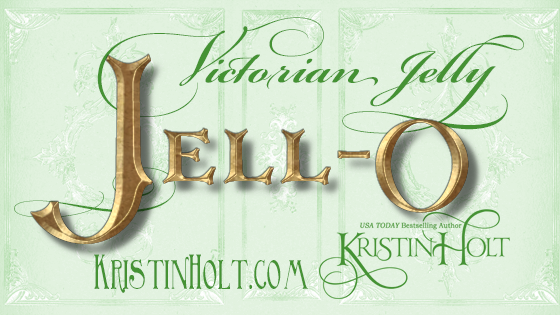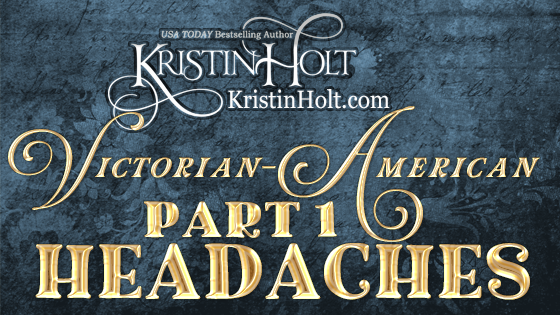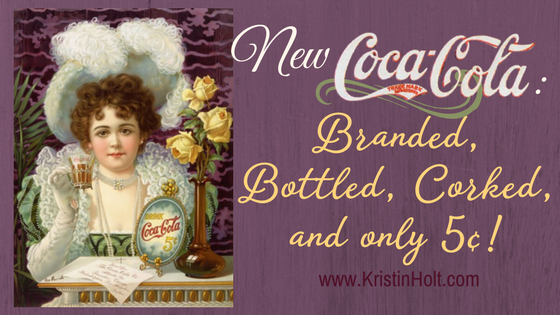
by Kristin Holt | Jul 23, 2022 | Articles
After the advent of Victorian commercially prepared gelatin came colored, flavored boxed gelatin. The Jell-O brand was born in 1899. The new brand’s four-flavor line-up was well-received by housekeepers (wives), and continually promoted by the food manufacturer. Newspaper recipes urged cooks to rely on Jell-O brand gelatin in dessert making.
Don’t miss any one of this 8-part blog series on Victorian America’s Jellies.

by Kristin Holt | Aug 30, 2019 | Articles
Victorian-Americans had several ideas about the common trouble of headaches– what caused the malady, what might help once a headache became entrenched, and perhaps why women suffer headaches differently than men.
Because I suffer from severe chronic headaches, I’ve often wondered what our Victorian-American ancestors did when they suffered a headache (migraine, tension headaches, etc.). What was science’s answer in the late nineteenth century? With so much primary historical information to share, I’ve prepared an eleven-part blog article series covering this fascinating subject.
This is Part 1: Why I write about headaches in in the Victorian Era United States and why hats may be to blame.

by Kristin Holt | Feb 10, 2018 | Articles
Flour sifters are an important part of baking–today, and in the Victorian Era. Would you be surprised to learn the first flour sifter was patented by an American? See a timeline of Victorian-era advertisements for sifters and flour sieves, flour bins (canisters or extraordinary sizes) with built-in sieves, patents for early sifters and sieve holders, and a perspective of price. The advertising, alone, sheds light on why 19th century cooks were persuaded to purchase and use these devices.

by Kristin Holt | Feb 6, 2018 | Articles
Rotary Egg Beaters are an American Victorian invention–and came along early enough to make a significant difference to home cooks…early enough for homemade Angel’s Food Cake! So why, then, do so many recipes insist upon beating the egg whites by hand–for a full hour? Why not use the newly patented, amazingly successful invention?

by Kristin Holt | Jul 5, 2017 | Articles
In the 1890s, Coca-Cola bottled their carbonated beverage, first in cork-sealed bottles. Metal caps came along relatively quickly. The company went through many different glass bottles until settling on their branded shape that is still in use today. Coca-Cola’s logos changed very little through the years, and the Victorian-era Spencerian script is still Coke’s highly recognizable choice today. Each glass (or bottle), about 6 oz. each, sold for just 5¢. Initially promoted as a health-promoting, illness-defeating tonic (patent medicine), the beverage was soon advertised as a refreshing beverage…and with good reason.













